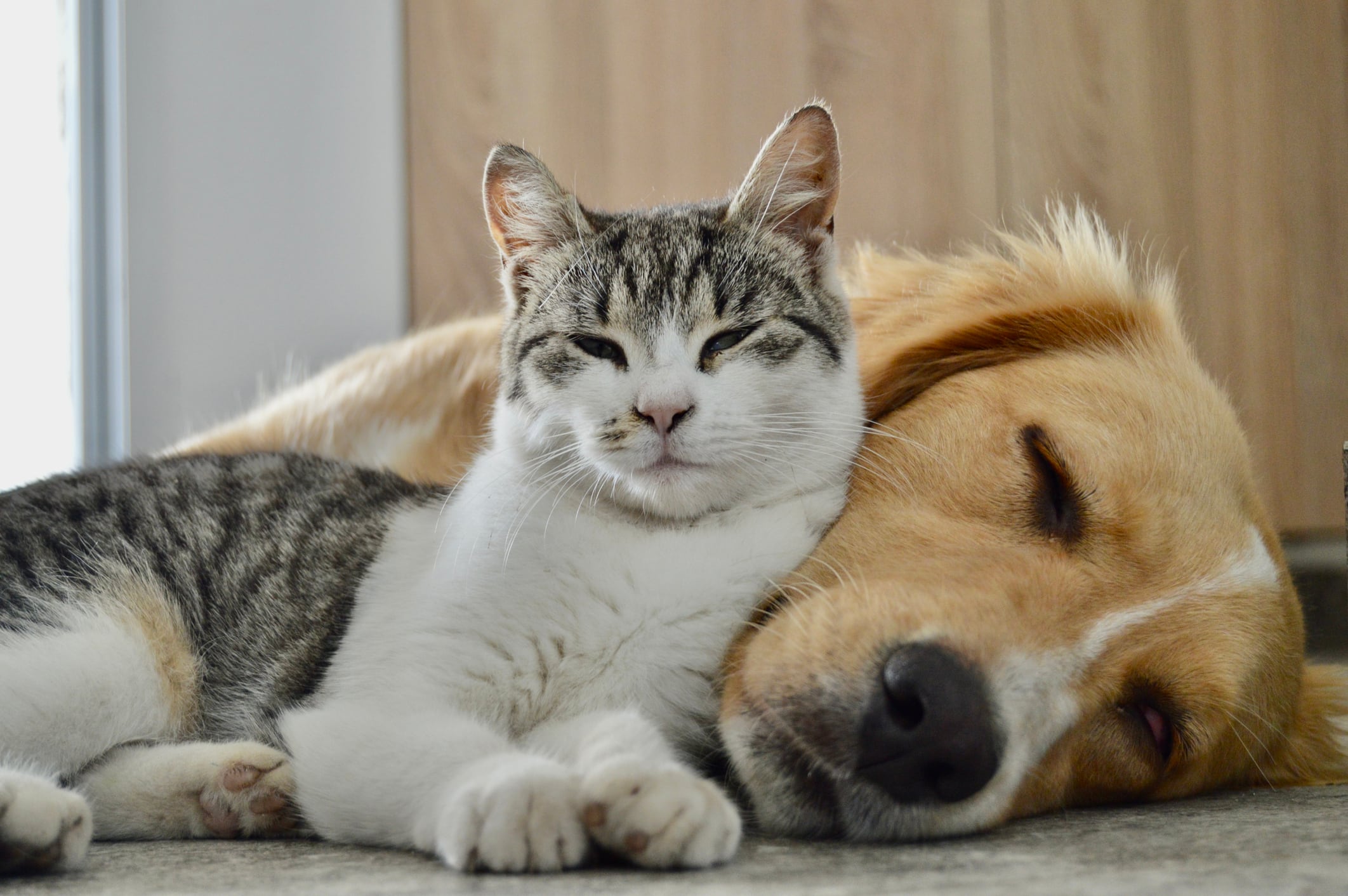With increasing consumer attention on transparency, safety, and science-backed efficacy in beauty and personal care, one US-based startup is applying those same standards to an often-overlooked category: pet skin care. Welltayl, a newly launched brand offering dermatology-inspired grooming products for dogs and cats, is taking cues from human cosmetic science to build a more rigorous formulation and safety model, despite operating in an unregulated space.
Founded by Ana Prodanovich and Pete Rampulla, the company works with veterinary dermatologists, PhD toxicologists, and cosmetic chemists to adapt human-grade safety protocols, such as EU-level ingredient assessment and pH-balanced formulations, to species with thinner, more reactive skin. While the line is developed for pets, its underlying formulation strategy, certification framework, and quality assurance processes reflect principles familiar to stakeholders in the human personal care sector.
We spoke to Prodanovich and Rampulla for their insights into how Welltyal reverse-engineered a new safety standard for pet wellness, and why it could serve as a roadmap for beauty brands operating in more regulated categories.
CDU: From a formulation standpoint, what were the key technical challenges in translating human skin care principles, like barrier repair and hydration, to pet-safe products?
Welltayl co-founders: The biggest challenge from a formulation standpoint was the lack of existing dermatologic research for pets. In human dermatology, concepts like barrier repair and hydration are deeply studied, but animal skin science is still decades behind.
We had to bridge that gap by working closely with veterinarians, veterinary dermatologists, and cosmetic chemists to determine what’s safe and effective for pets. When we set out to translate something as simple as “hydration” it meant rethinking the molecular size, absorption, and concentration for an entirely different species and biology.
CDU: Your process includes PhD toxicologist review and EU-level safety thresholds, which are rare in pet care. How might this rigorous safety model inform or inspire higher standards in the broader beauty and personal care formulation space?
Welltayl co-founders: Since pet cosmetics aren’t regulated by the FDA, there are no defined safety standards in the U.S. This led us to create our own framework based on the EU’s strict and comprehensive requirements.
Every ingredient in our formulas is evaluated at its actual concentration for both dogs and cats, across sizes and breeds, under PhD toxicologist review. This level of assessment is rare even in human cosmetics, where safety is often assumed rather than proven.
Our process demonstrates that rigorous, ingredient-level validation isn’t just possible, it’s scalable. By applying human-grade toxicology and safety modeling to animal care, we’re showing that brands across the beauty and personal care industries can raise their own standards.
Safety shouldn’t depend on regulation, it should be an intentional part of formulation science from the beginning.
CDU: Welltayl products are EWG Verified, Leaping Bunny certified, and B Corp certified. How did these certifications shape your ingredient sourcing and formulation strategy, and what insights can personal care manufacturers gain from this approach to transparency and trust?
Welltayl co-founders: We used each certification to guide how we built our formulas from the very start, making sure everything we created was developed with ethical and scientific rigor. The EWG Verification process set the foundation which required full ingredient transparency and strict health-based thresholds, which meant thorough coordination in vetting every raw material and supplier.
Leaping Bunny Certification reinforced that commitment across the entire supply chain, ensuring that no animal testing occurred at any stage of development. And B Corp Certification expanded our lens beyond product safety to include how we source, manufacture, and measure our impact.
Together, these frameworks didn’t just validate our ethics, they dictated our standards. They turned compliance into part of the development process.
For personal care manufacturers, that’s the lesson: when transparency and accountability are built into the formulation process, trust becomes an outcome, not a marketing goal.
CDU: Pet cosmetics are unregulated by the FDA, yet Welltayl voluntarily aligns with FDA and GMP standards. What lessons can cosmetics and personal care brands, particularly indie manufacturers, take from your approach to quality assurance in an unregulated category?
Welltayl co-founders: The absence of governmental regulation doesn’t mean the absence of responsibility. We operate as if pet cosmetics were regulated, because safety shouldn’t depend on oversight.
That means full ingredient traceability, batch documentation, and adherence to cosmetic GMP standards. For indie manufacturers, the takeaway is that rigor requires systems and intention.
By implementing disciplined recordkeeping, supplier verification, and safety testing (to name a few), small brands can build the kind of credibility usually reserved for large labs. In an unregulated category, this approach doesn’t just protect the product, it builds consumer trust and helps elevate the standard for the entire industry.
CDU: We’ve seen growing consumer crossover between human and pet wellness. How do you see science-driven pet care influencing future product innovation in the human beauty and personal care sectors? Given Welltayl’s focus on ingredient integrity, sustainability, and dermatology-backed R&D, are there collaboration opportunities or potential supplier partnerships with human cosmetics and personal care ingredient manufacturers as you scale?
Welltayl co-founders: Pet care is one of the last frontiers for dermatologic innovation. Because pet skin is thinner and more sensitive, our formulations have to be microbiome-safe, pH-balanced, and barrier-focused.
There’s no room for unnecessary ingredients or marketing fluff. That discipline can influence the next wave of human beauty by shifting the focus from “clean” to clinically verified.
We’re already collaborating with ingredient partners from the human cosmetics world to bring that level of science and sustainability into pet care. Testing ingredients through a stricter, species-specific lens gives us insights that could ultimately inform safer, more biocompatible innovation for humans, too.
We believe the future of beauty and pet care are converging in the same place: where veterinary and cosmetic science meet.





